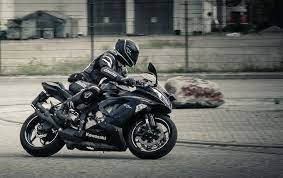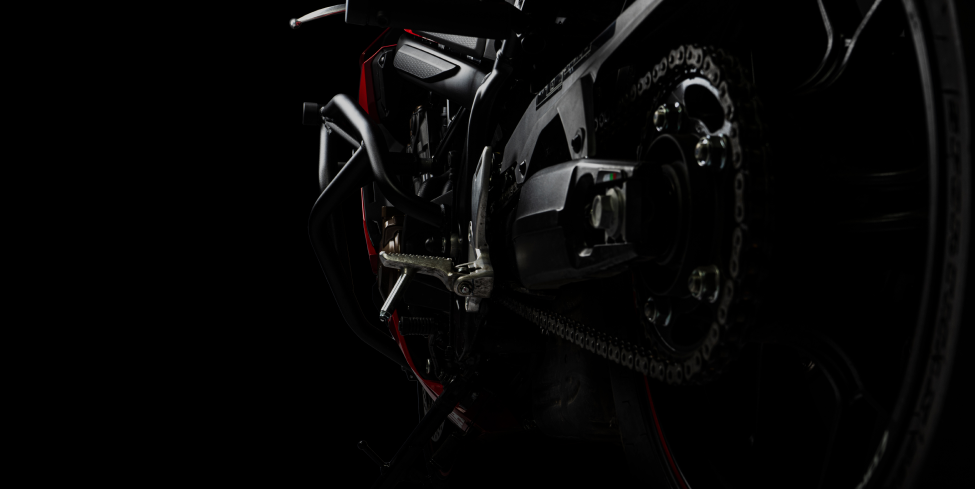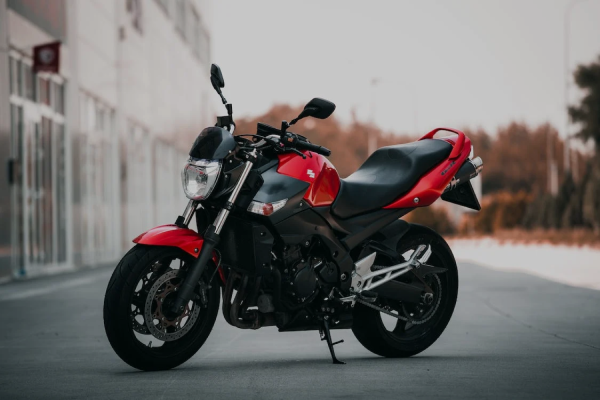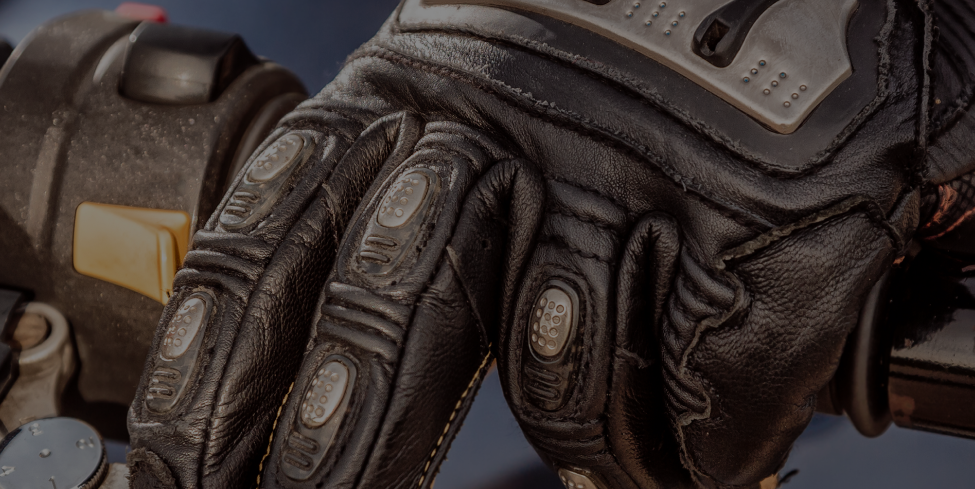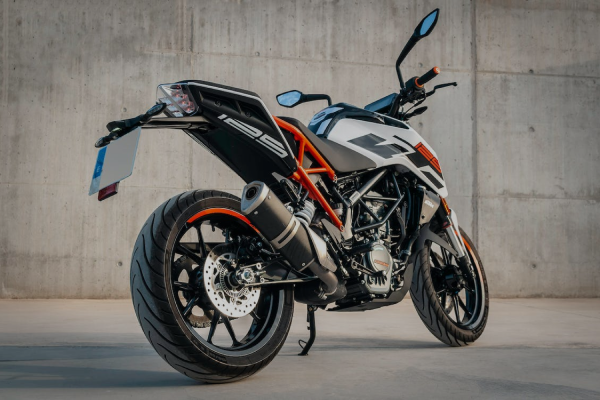-
My Cart: 0 $0
-
EN
- Call an get your test drive: +48 222-512-234

Admin, company.com
Category:Motorcycles
Date:23 Feb, 2024
Riding in snowy conditions can be challenging, but with the right approach and preparation, you can improve your skills and confidence. Here are some techniques to help you ride better in snow: Reduce Speed and Increase Following Distance: In snowy conditions, it's crucial to reduce your speed and increase the following distance between your motorcycle and the vehicle ahead.
Snow-covered roads reduce traction, making it harder to stop quickly. Riding at a slower pace allows you to have better control over the bike and react to any unexpected situations. Smooth and Gentle Control Inputs: When riding in snow, avoid sudden or aggressive control inputs such as quick acceleration, braking, or sharp turns. Instead, use smooth and gentle movements for throttle, brakes, and steering.
Gradual acceleration and deceleration help prevent wheel spin or skidding, providing better stability. Brake with Caution: Braking on snowy surfaces requires extra care. Use both brakes simultaneously and apply them gently to avoid locking the wheels.
If your motorcycle has an anti-lock braking system (ABS), rely on it to prevent skidding. If not, practice using the brakes on a safe surface to get a feel for the stopping distance in snowy conditions. Keep a Relaxed Posture: Maintain a relaxed and balanced riding posture.
Tense muscles can affect your control and stability. Keep your weight centered on the bike and use your body to assist in turns rather than forcing the handlebars.
Avoid Sudden Steering Inputs: In snow, turning can be challenging due to reduced traction. Avoid making sudden steering inputs or aggressive lean angles. Instead, plan your turns well in advance, and initiate them gently with gradual lean angles.
Choose Proper Tires: Using tires designed for winter or all-season riding can significantly improve traction on snowy surfaces. Consider installing snow or winter tires that provide better grip in low-temperature conditions. Monitor Road Surface: Keep a close eye on the road surface for patches of ice or areas with reduced traction.
Shaded areas and bridges can be particularly slippery, so exercise extra caution when riding over them. Stay Visible: In snowy conditions, visibility can be reduced for both you and other road users. Make yourself more visible by wearing bright and reflective gear.
Additionally, use your motorcycle's headlights, even during the day, to enhance visibility to other drivers. Practice in Controlled Settings: If you're new to riding in snow, practice in a safe and controlled environment, such as an empty parking lot, before taking on busy roads.
This will allow you to get a feel for the bike's handling and build confidence in snow riding techniques. Stay Informed and Plan Ahead: Check weather forecasts before your ride to be aware of any upcoming snow or icy conditions.
Plan your route carefully, avoiding areas prone to heavy snowfall or dangerous road conditions. Conclusion: Riding in snow requires a different approach and mindset compared to regular riding. By adopting these techniques, being cautious, and staying informed about road conditions, you can enhance your safety and riding skills in snowy environments.
Remember that it's always better to exercise extreme caution and, if possible, avoid riding in severe snowstorms or hazardous conditions.
Gradual acceleration and deceleration help prevent wheel spin or skidding, providing better stability. Brake with Caution: Braking on snowy surfaces requires extra care. Use both brakes simultaneously and apply them gently to avoid locking the wheels.
If your motorcycle has an anti-lock braking system (ABS), rely on it to prevent skidding. If not, practice using the brakes on a safe surface to get a feel for the stopping distance in snowy conditions. Keep a Relaxed Posture: Maintain a relaxed and balanced riding posture.
Tense muscles can affect your control and stability. Keep your weight centered on the bike and use your body to assist in turns rather than forcing the handlebars.
Avoid Sudden Steering Inputs: In snow, turning can be challenging due to reduced traction. Avoid making sudden steering inputs or aggressive lean angles. Instead, plan your turns well in advance, and initiate them gently with gradual lean angles.
Choose Proper Tires: Using tires designed for winter or all-season riding can significantly improve traction on snowy surfaces. Consider installing snow or winter tires that provide better grip in low-temperature conditions. Monitor Road Surface: Keep a close eye on the road surface for patches of ice or areas with reduced traction.
Snow-covered roads reduce traction, making it harder to stop quickly. Riding at a slower pace allows you to have better control over the bike and react to any unexpected situations. Smooth and Gentle Control Inputs: When riding in snow, avoid sudden or aggressive control inputs such as quick acceleration, braking, or sharp turns. Instead, use smooth and gentle movements for throttle, brakes, and steering.
Gradual acceleration and deceleration help prevent wheel spin or skidding, providing better stability. Brake with Caution: Braking on snowy surfaces requires extra care. Use both brakes simultaneously and apply them gently to avoid locking the wheels.
If your motorcycle has an anti-lock braking system (ABS), rely on it to prevent skidding. If not, practice using the brakes on a safe surface to get a feel for the stopping distance in snowy conditions. Keep a Relaxed Posture: Maintain a relaxed and balanced riding posture.
Tense muscles can affect your control and stability. Keep your weight centered on the bike and use your body to assist in turns rather than forcing the handlebars.
Avoid Sudden Steering Inputs: In snow, turning can be challenging due to reduced traction.
Admin, company.com
Tags: Motorcycles
Related articles
The best winter motorcycle jackets
As winter sets in, staying warm and protected during motorcycle rides becomes paramount. Investing in a high-quality winter motorcycle jacket is the key to enjoying your rides even in chilly
Admin
23 Feb,2024
View Blog
Always dress for the weather
Always Dress for the Weather: The Essential Guide to Motorcycle Gear and Safety
Admin
23 Feb,2024
View Blog
How to Figure out Electric Bike Range
Figuring out the electric bike range is essential to plan your rides effectively and ensure you don't run out of battery power unexpectedly.
Admin
23 Feb,2024
View Blog






